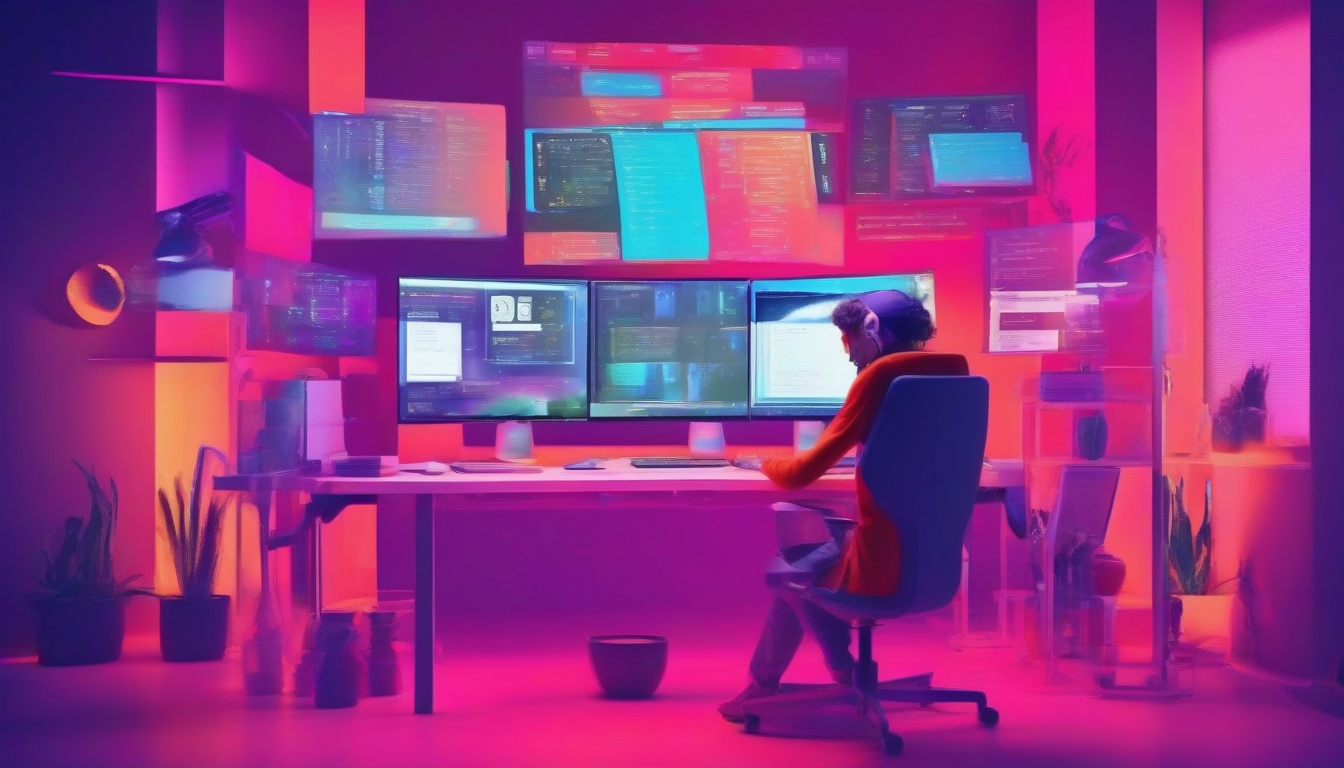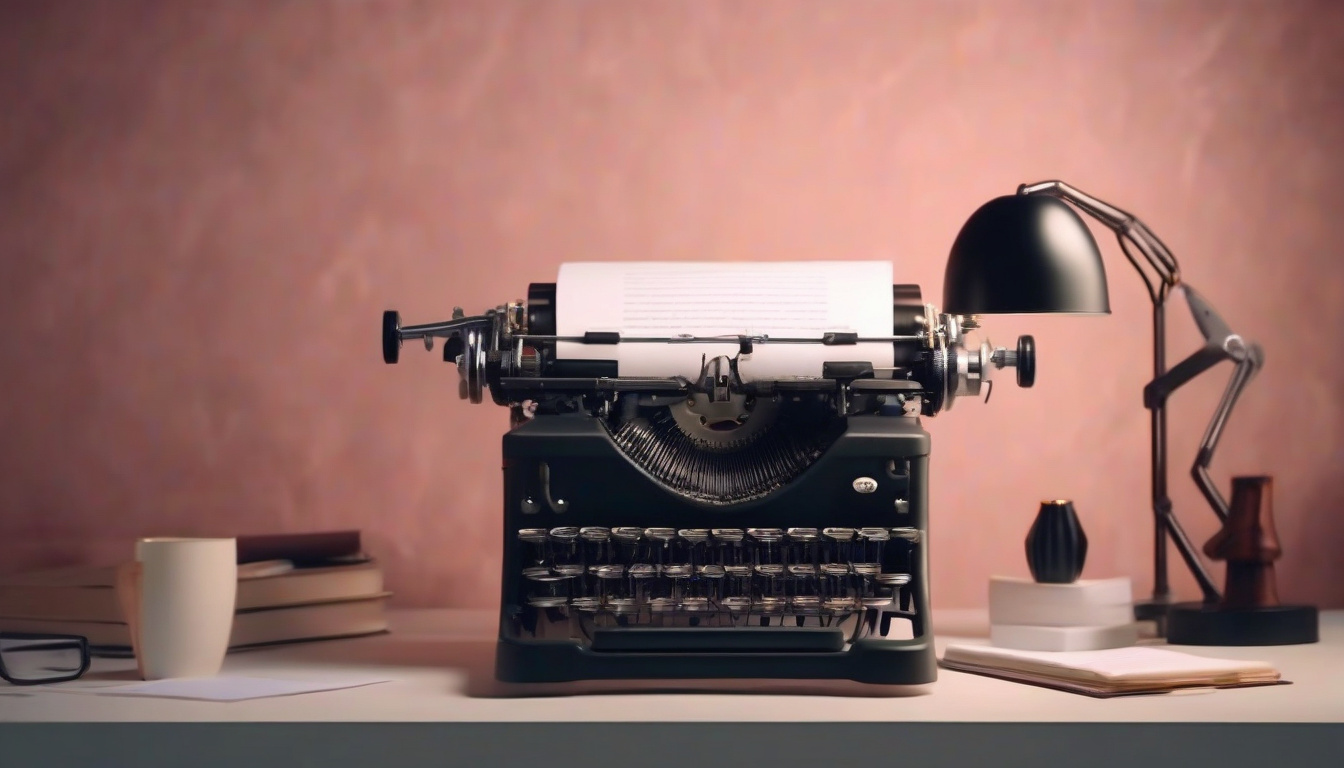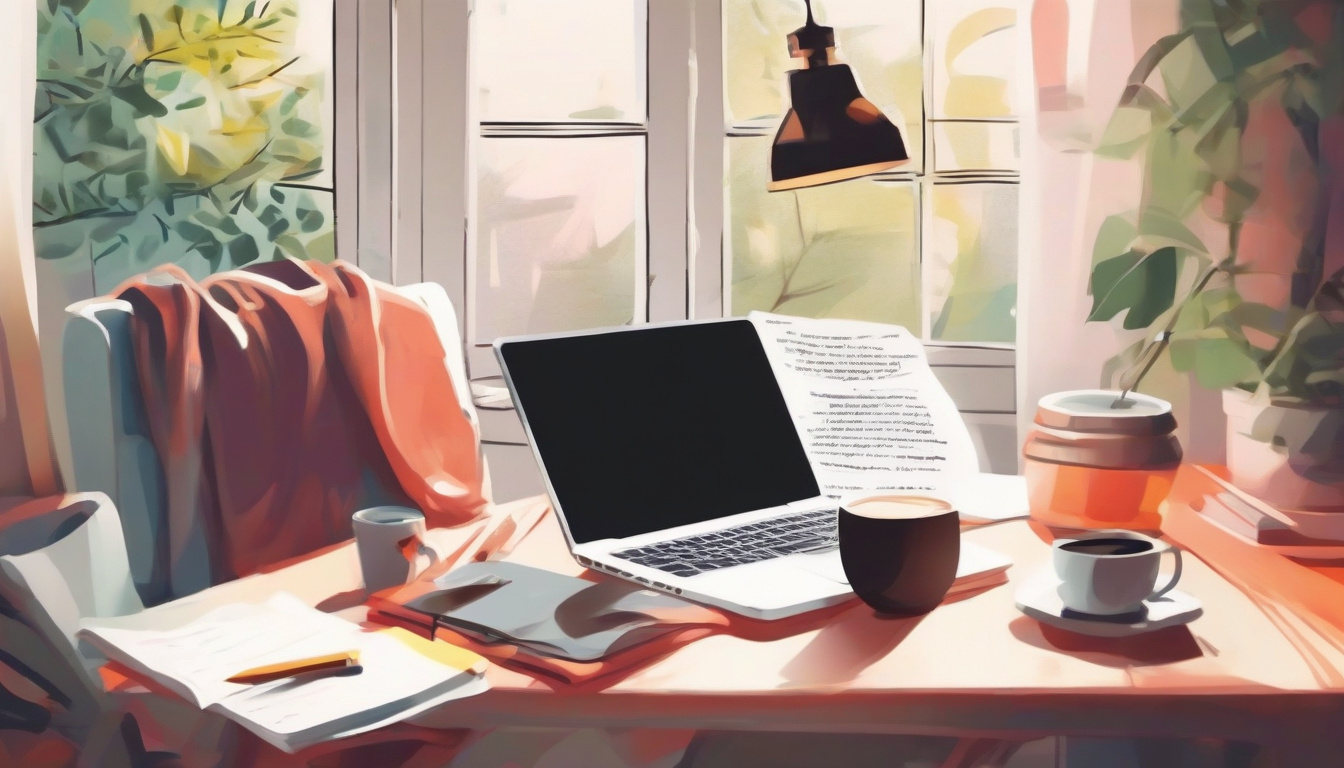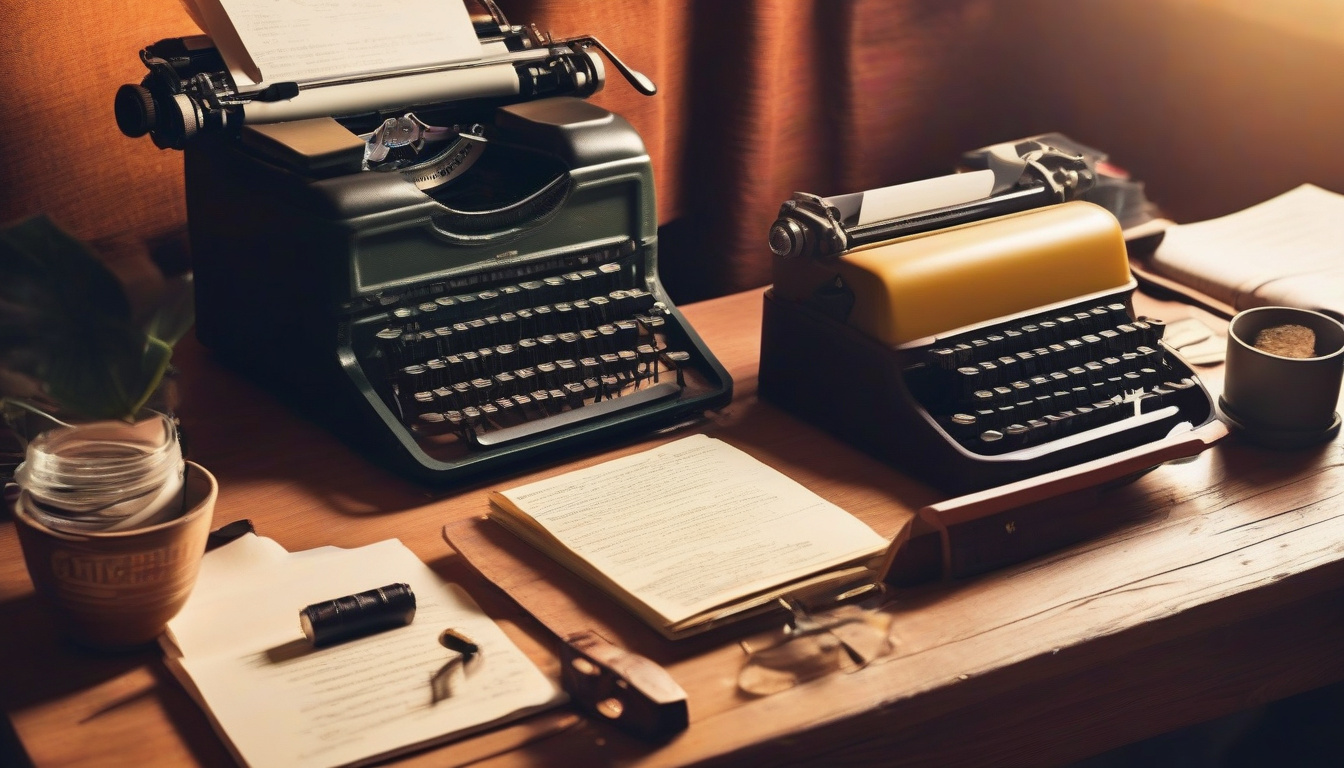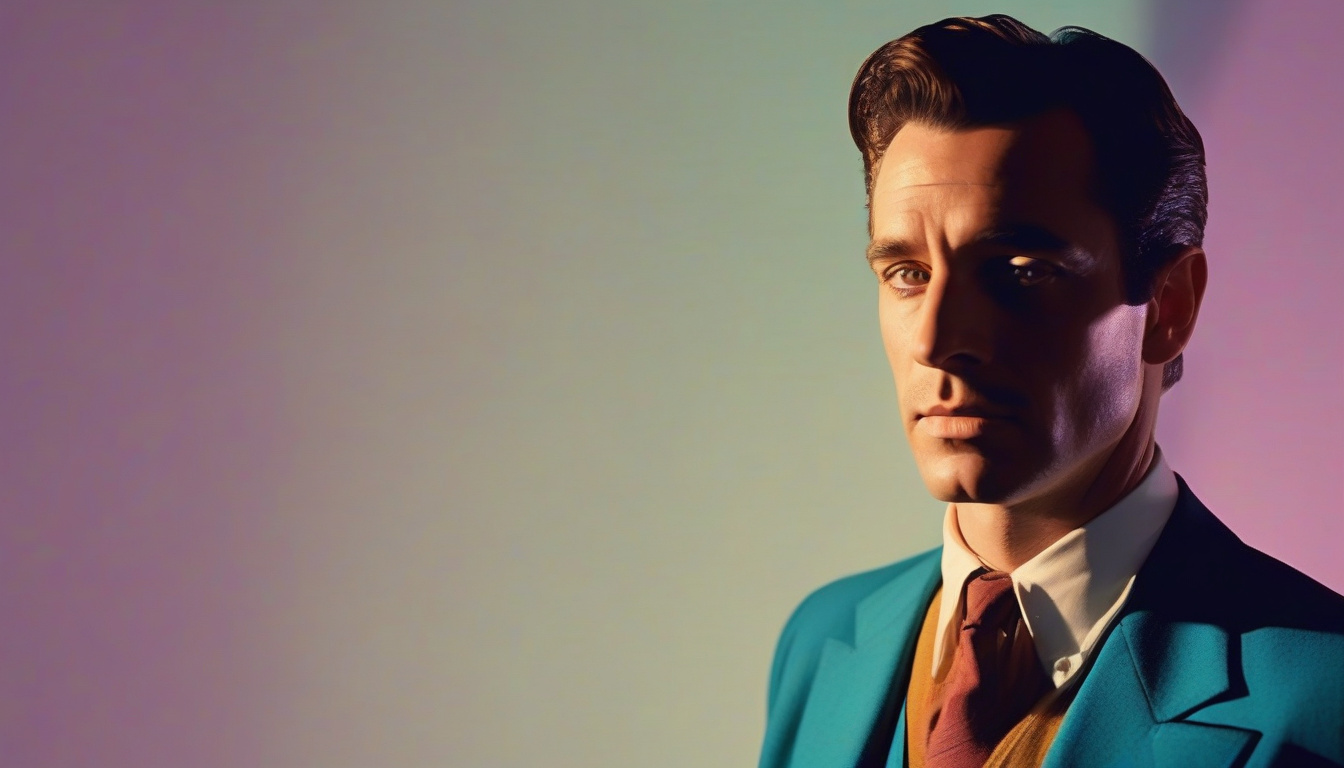
Cinematography is often described as the art and science of capturing motion pictures in a way that tells a story visually. Whether you’re an aspiring filmmaker or a seasoned director, understanding key cinematography techniques can significantly elevate your film, transforming it into a true masterpiece. Cinematography goes beyond simply pointing a camera and pressing record; it involves strategic decisions around lighting, framing, camera movement, and lens choice—all essential elements that help convey mood, character, and narrative depth.
In this article, we’ll explore essential cinematography techniques that can help you craft visually stunning films that resonate with audiences and critics alike.
Understanding the Role of Cinematography in Storytelling
Cinematography serves as the visual backbone of any film. By manipulating light, shadow, color, and composition, cinematographers help shape the audience’s emotional and psychological engagement with the story. Each shot is meticulously planned to serve a specific narrative purpose—whether it’s to create suspense through shadows or to evoke intimacy through close-ups.
Great cinematography guides the viewer’s eye, highlights important details, and enhances storytelling without the need for dialogue. For example, films like Blade Runner 2049 and The Revenant showcase how masterful cinematography can become iconic in its own right (source).
Key Cinematography Techniques to Elevate Your Film
1. Mastering Lighting to Set the Tone
Lighting is one of the most powerful tools in a cinematographer’s arsenal. It can establish mood, reveal character traits, and dictate the overall atmosphere of a scene. The three-point lighting setup—consisting of key light, fill light, and backlight—is a foundational technique used to achieve balanced and natural illumination in a scene.
- Key Light: The primary source of light that shapes the subject.
- Fill Light: Reduces shadows created by the key light to soften the look.
- Backlight: Separates the subject from the background, adding depth.
Creative lighting choices, such as chiaroscuro (strong contrast between light and dark), can amplify tension and drama. For example, low-key lighting is essential in films noir to create mystery and suspense.
2. Composition and Framing: Directing the Viewer’s Focus
Composition determines what the audience sees and how they perceive it. The rule of thirds is a classic technique where you divide the frame into a 3×3 grid and place important elements along these lines or their intersections. This creates balanced, aesthetically pleasing shots.
Other framing styles include symmetrical framing for creating order or imbalance framing to highlight tension. Using foreground elements cleverly can provide depth and a sense of environment. Close-ups reveal emotions, while wide shots establish context or isolation.
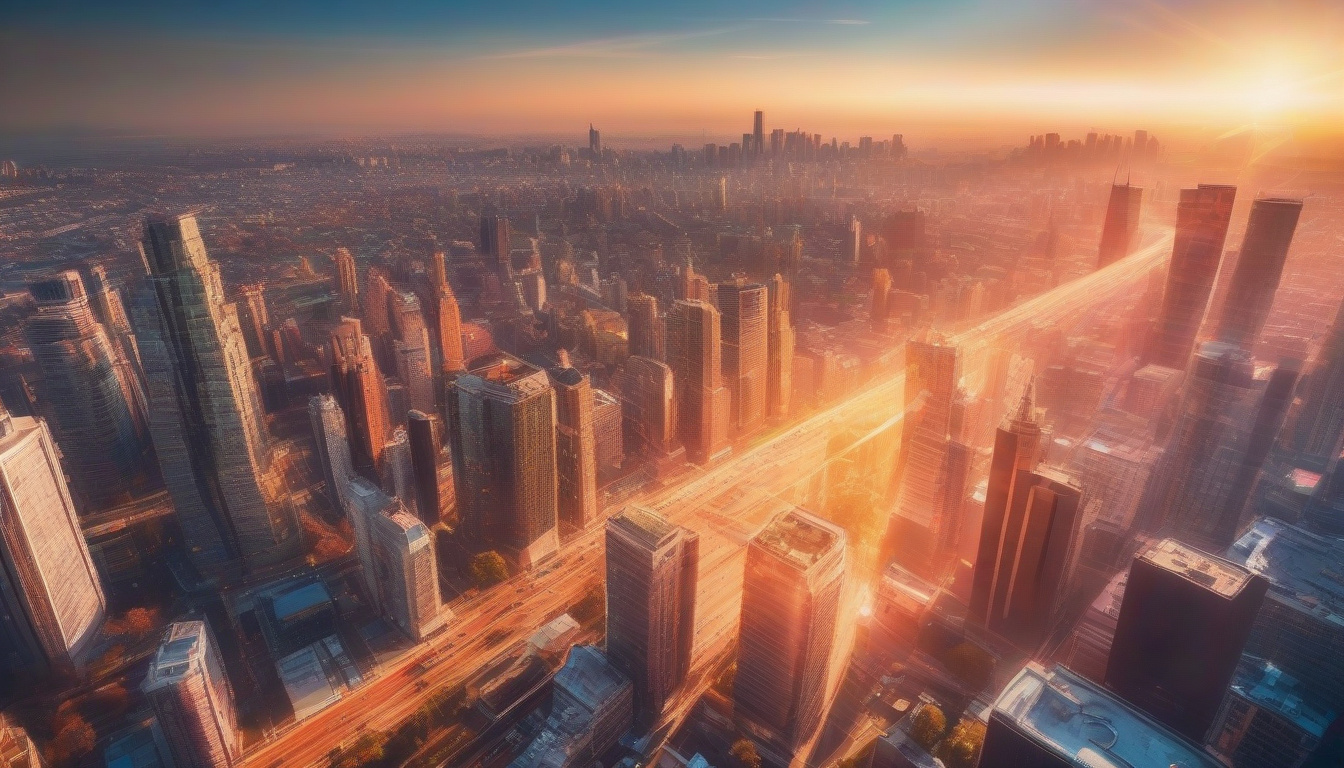
3. Camera Movement: Enhancing Narrative Flow
Cinematography incorporates different types of camera movements that make the film feel dynamic or controlled. Each has a specific storytelling effect:
- Tracking shots: Follow a character or object, creating a sense of movement or journey.
- Dolly shots: Smooth forward or backward motion that can build tension or reveal new information.
- Pan and tilt: Horizontal or vertical movements that allow the audience to scan the environment.
- Handheld shots: Add realism and immediacy, sometimes used for chaotic or intimate scenes.
Choosing the right movement supports the film’s emotional cadence, keeping viewers engaged.
4. Utilizing Lens Choice for Impact
Lens selection affects perspective, depth of field, and field of view, which all contribute to the visual language of your film.
- Wide-angle lenses: Capture expansive scenes and make spaces seem larger.
- Telephoto lenses: Compress space, bringing distant objects closer and isolating subjects.
- Prime lenses: Known for sharpness and lower distortion, great for portraits.
- Zoom lenses: Offer flexibility in framing without moving the camera.
Depth of field manipulation—whether shallow or deep—helps to focus attention or immerse the viewer in the environment.
5. Color Grading and Filters
Color grading enhances the mood and tone post-shooting. Warm hues can evoke comfort or nostalgia, while cooler tones suggest detachment or tension. This final step reinforces your film’s emotional rhythm and visual consistency.
Using lens filters—from polarizers to diffusion filters—can also subtly or dramatically alter the image during shooting, adding mood or reducing unwanted glare.
Essential Cinematography Checklist
To summarize, here’s a quick checklist of cinematography essentials to incorporate when planning your next film:
- Script Breakdown: Identify key visual moments and emotions.
- Lighting Plan: Decide on lighting style based on mood.
- Composition Strategy: Use grids, framing, and spatial relationships.
- Camera Movement Design: Plan dynamic or static shots purposefully.
- Lens Selection: Choose lenses that support the narrative perspective.
- Color Palette: Define colors during shooting and post-production.
- Test Shots: Always run tests before principal filming.
- Collaboration: Work closely with the director, production designer, and editor.
Frequently Asked Questions About Cinematography
Q1: What makes cinematography different from videography?
Cinematography focuses on artistic storytelling through visual composition, lighting, and camera techniques, while videography typically refers to straightforward video recording often for documentation.
Q2: How can I learn cinematography techniques on a budget?
Start by studying films carefully, practice with what you have (even smartphones), and experiment with lighting and composition. Online tutorials and filmmaking communities also offer valuable, affordable knowledge.
Q3: What are some beginner cinematography tips for independent filmmakers?
Focus on mastering lighting and framing first, keep your shots purposeful, and don’t rely on expensive equipment—creativity and planning are key.
Final Thoughts: Unlock Your Film’s Potential Through Cinematography
Investing time and effort into exploring cinematography techniques can dramatically transform your film’s quality and impact. From the subtle play of light on a character’s face to the sweeping motion of a tracking shot, each visual choice helps tell your story with power and elegance.
If you’re serious about elevating your craft, begin integrating these techniques into your next project and watch as viewers become emotionally invested in the world you create. Remember, cinematography is not just about what you film —it’s how you choose to film it that turns an ordinary sequence into a masterpiece.
Ready to bring your vision to life? Start experimenting with these cinematography techniques today and let your film captivate audiences like never before!

